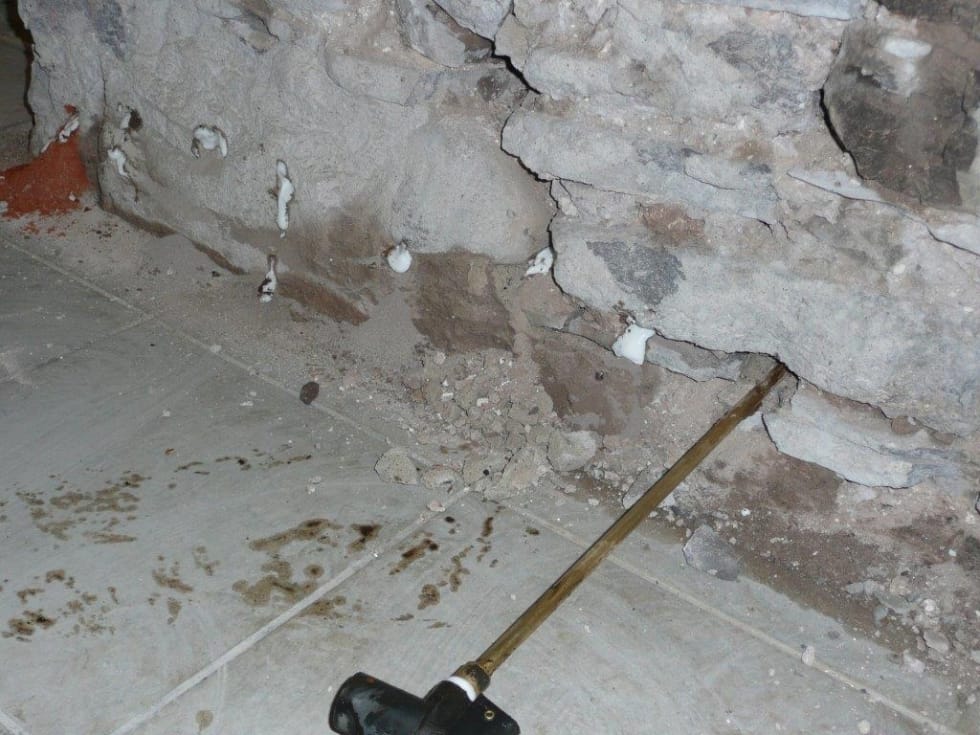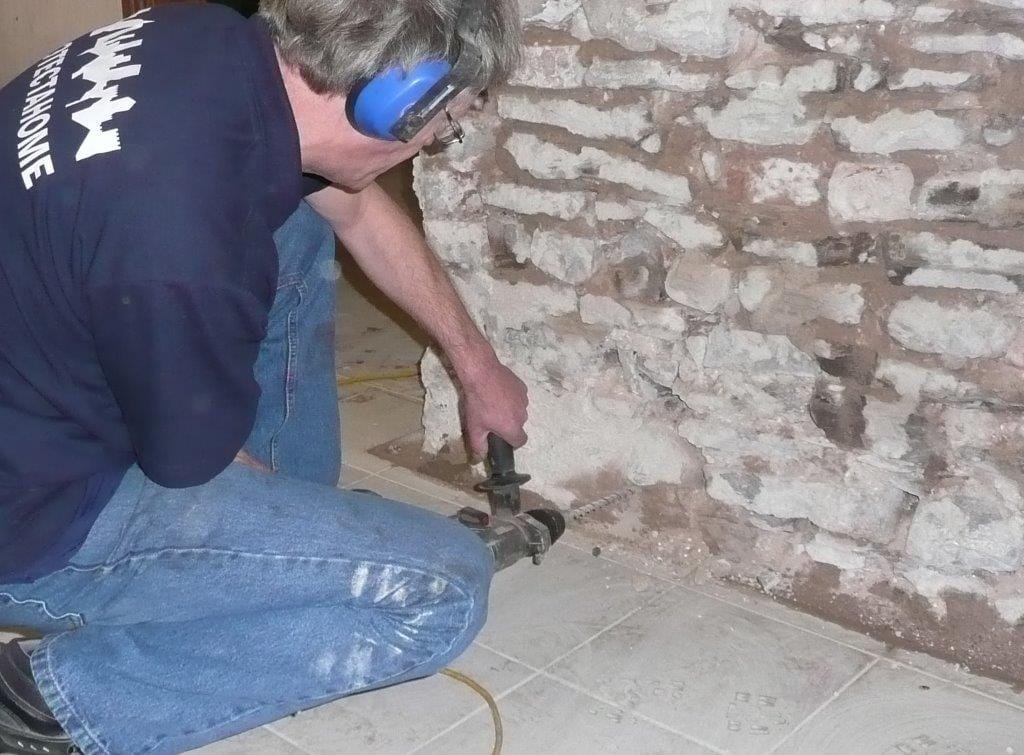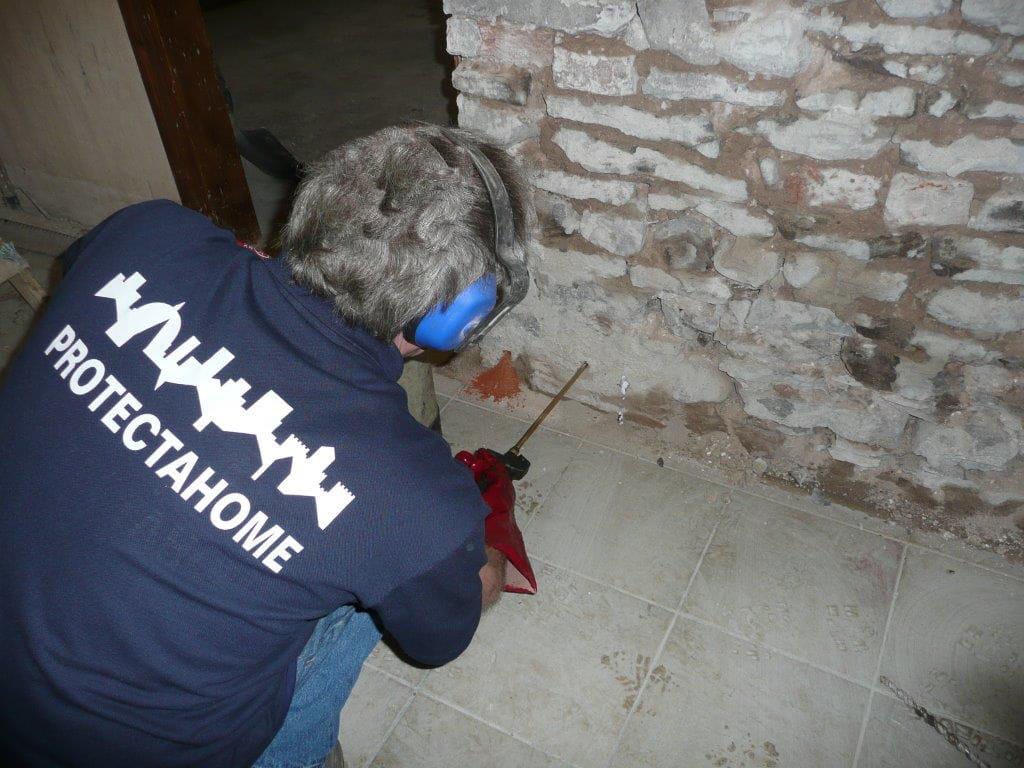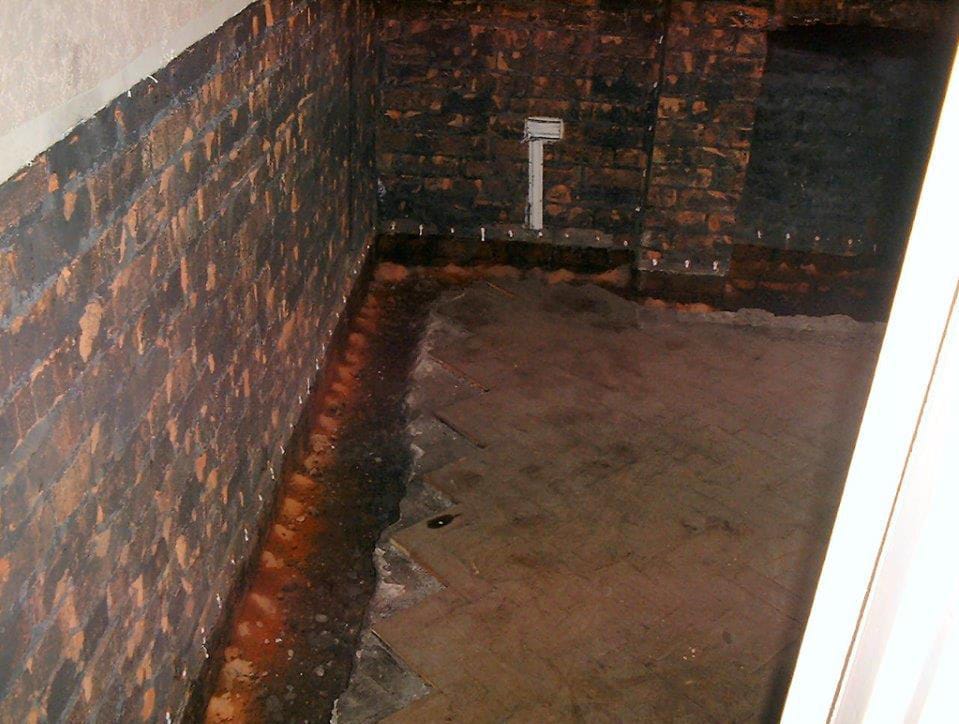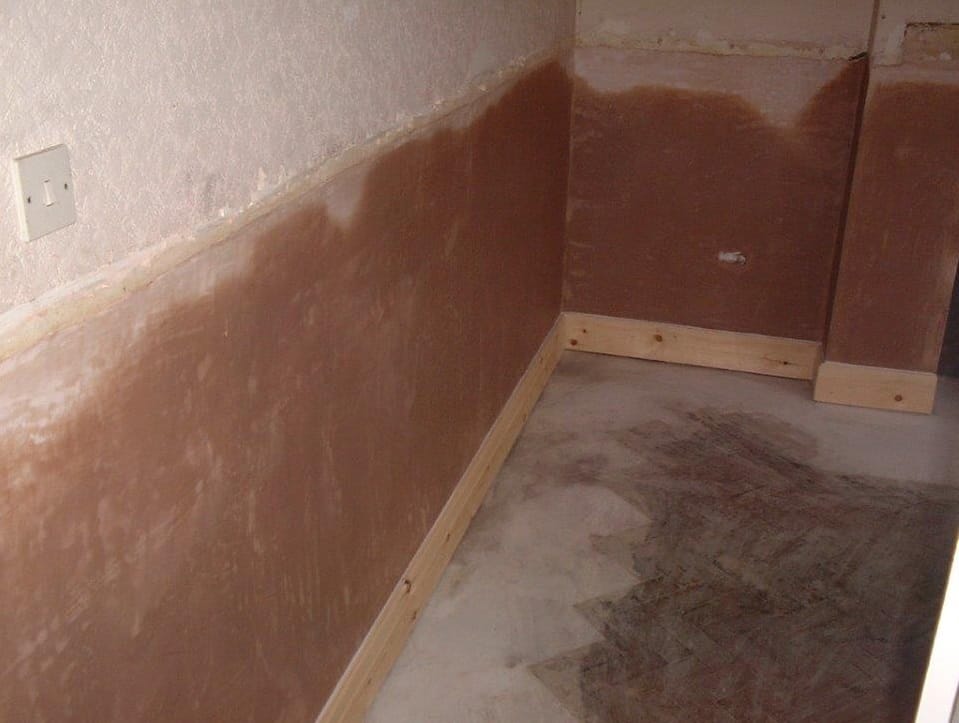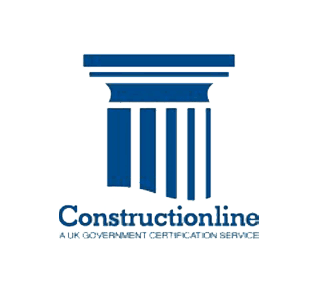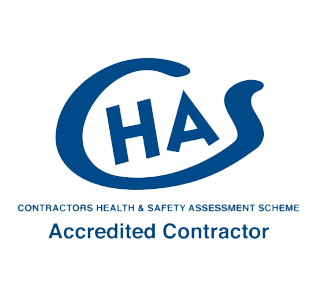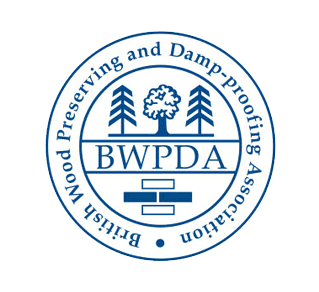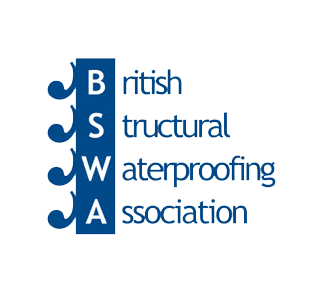Damp Proof Course
A Damp Proof Course is required to be present in all New Build Properties by Building Control/Regulations. Existing buildings benefiting from a DPC can be prone to failure, most commonly due to an outdated design or materials becoming ineffective over long periods of time.
Modern DPC’s use far more robust materials than those used in previous/historical designs, this does not however make the latest materials immune to failure if poorly designed and/or installed.
The introduction of a remedial damp proof course into walls will create a horizontal barrier, that will control the future capillary movement of water from the ground into the walls above the DPC.Today there are three main groups of materials used for the formation of a DPC; these are flexible, semi rigid and rigid. Modern flexible courses may also incorporate a ground gas protection layer.
Damp Proof Course Installation Specialists
The process of damp proofing recommended will depend on a number of factors, such as the construction and age of the building; the location of the building; the durability of the system; any maintenance requirements; changes in internal or external levels; and other factors such as the risk of flooding.

With offices in Birmingham, Bristol, Bromsgrove, Cardiff, Cheltenham, Leamington Spa, Llanelli, London, Newport, Plymouth, Stockport you will never be too far away from a Protectahome Surveyor. To arrange for a survey and diagnosis, contact us on 0800 055 6966 or email us on web@protectahome.co.uk for more information.

